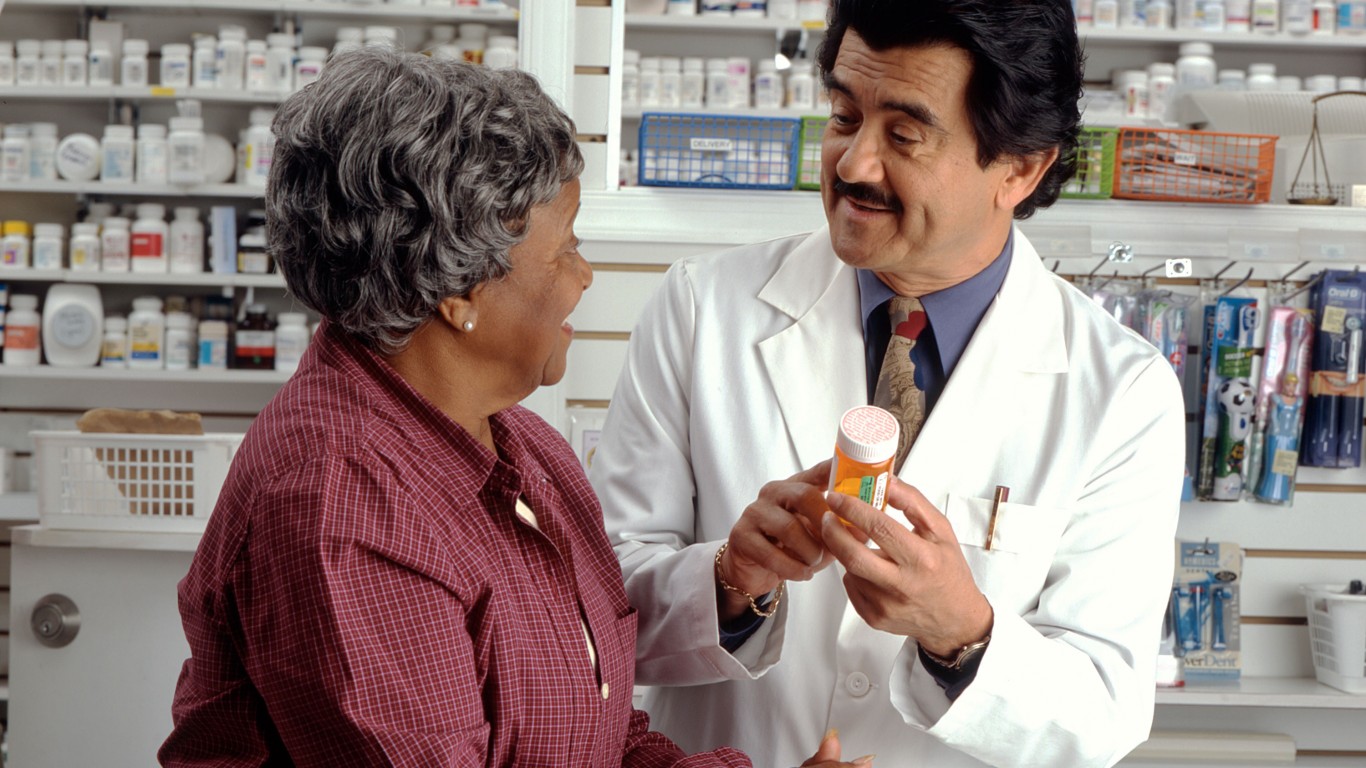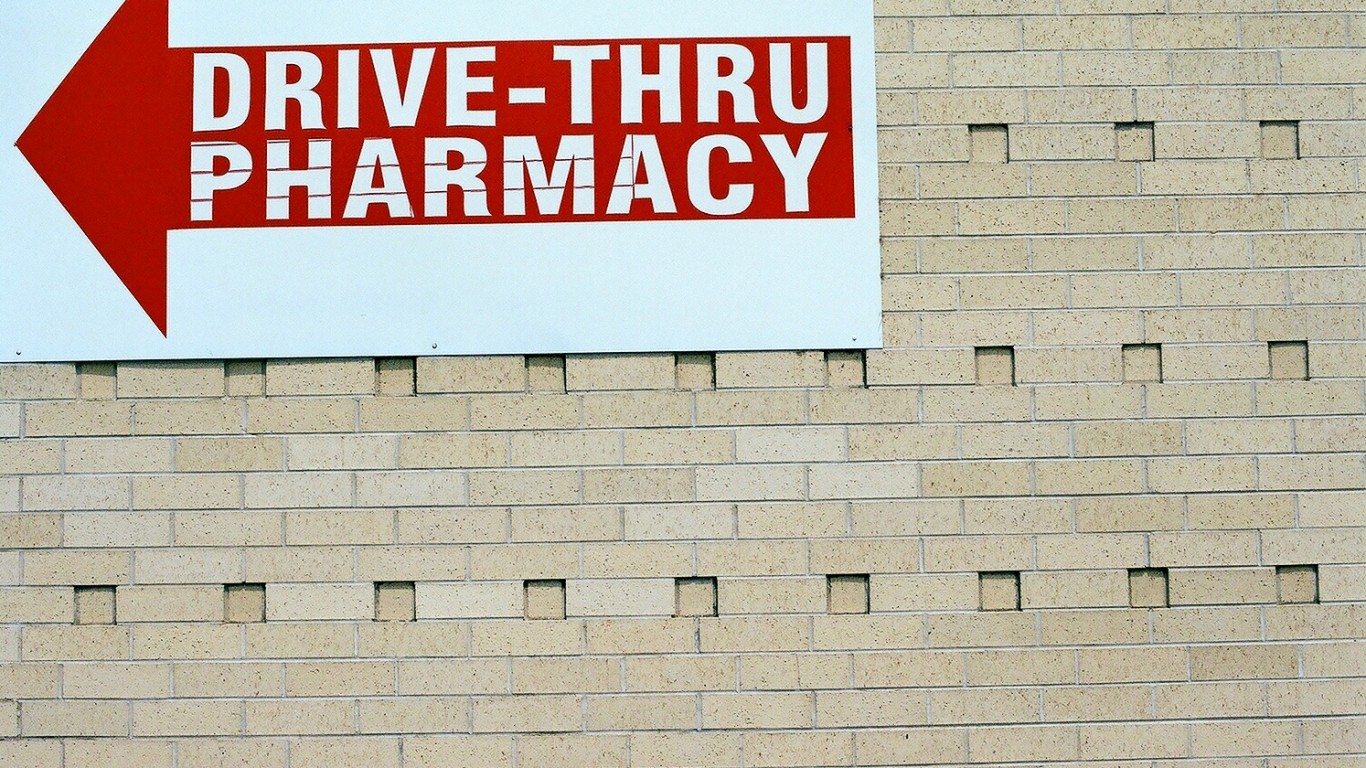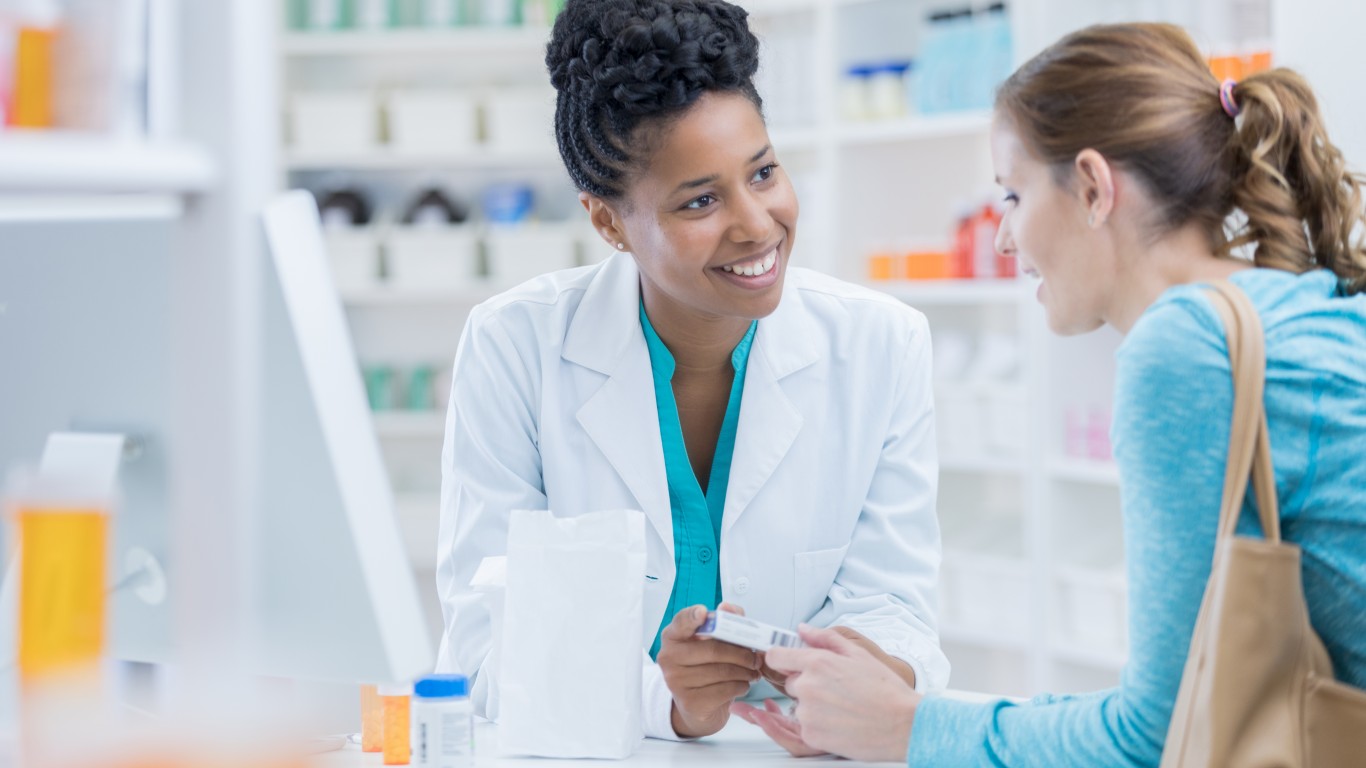
Many times people who receive a diagnosis — whether it’s for a mild condition or a serious disease – ask for a second opinion. In some cases that second opinion can come from a different kind of doctor — the pharmacist.
Just like with medical doctors, better communication between a patient and a pharmacist is crucial. To find out what people should know in order to be served better at a pharmacy, 24/7 Tempo spoke to Kelly Moore, a hospital-based pharmacist in New York. Hospital-based pharmacists consult on diagnosis, recommend a course of treatment, and choose the appropriate medications and dosage for patients.
When several health experts are looking after a person, the likelihood of error increases. Mistakes can happen at any time but the consequences can be dangerous. Anyone who has ever had to wait in line to fill a prescription knows that the pharmacy process can be long and inefficient, even in the digital age when most of a patient’s information is a click away.
Pharmacists’ detailed knowledge of the chemistry of medications makes them unique experts on safe usage. They are acutely aware of how active ingredients in common drugs interact, and the possible side effects these meds can cause.
Knowing what needs extra vigilance and what areas are high risk for misuses can prevent many adverse outcomes such as overdoses and even death. Medications are manufactured to help people stay healthy, but they have to be taken in a certain way. If they are not, they can easily turn from beneficial to harmful and even life-threatening — these are the 25 most dangerous drugs.
Click here for the 20 things pharmacists think you should know
1. Tell your pharmacist if you’re taking any other meds
Pharmacists can’t stress enough how important it is to let them know if you are taking anything other than what you have been prescribed. “You may be taking an over-the-counter medication that is not in your profile,” Moore said. OTC meds may have certain active ingredients that interact with the pills you’re prescribed, leading to side effects.
[in-text-ad]
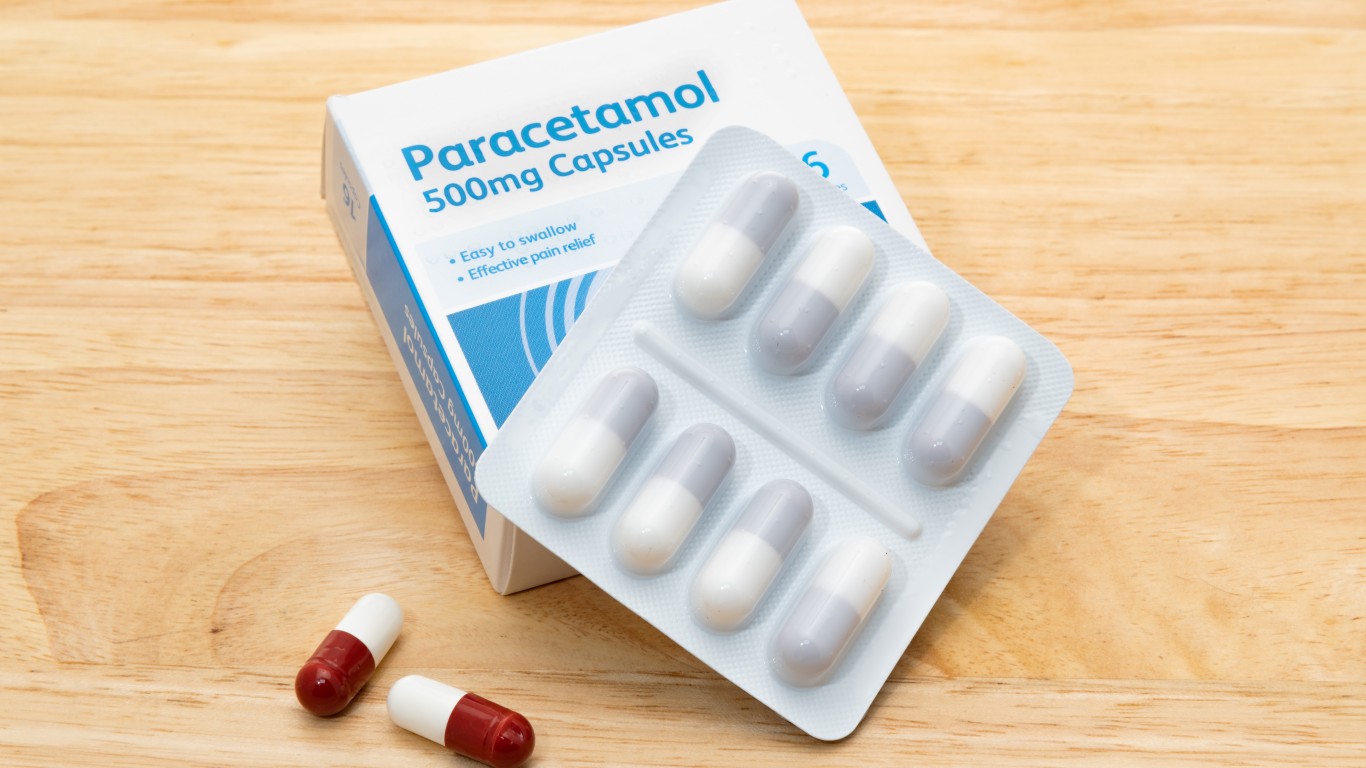
2. Watch out for some active ingredients in meds
Many medications have aspirin and many cold meds contain acetaminophen, commonly sold as Tylenol. So you may be taking too much Tylenol without even knowing, which may lead to liver toxicity, Moore said. Cold medicines may also contain pseudoephedrine, which can increase heart rate and blood pressure, she added. “Herbal products and vitamins often interact with medications, too.” Ginseng, goldenseal, and St. John’s wort are just a few examples of potent herbs with documented high risk of drug interactions.
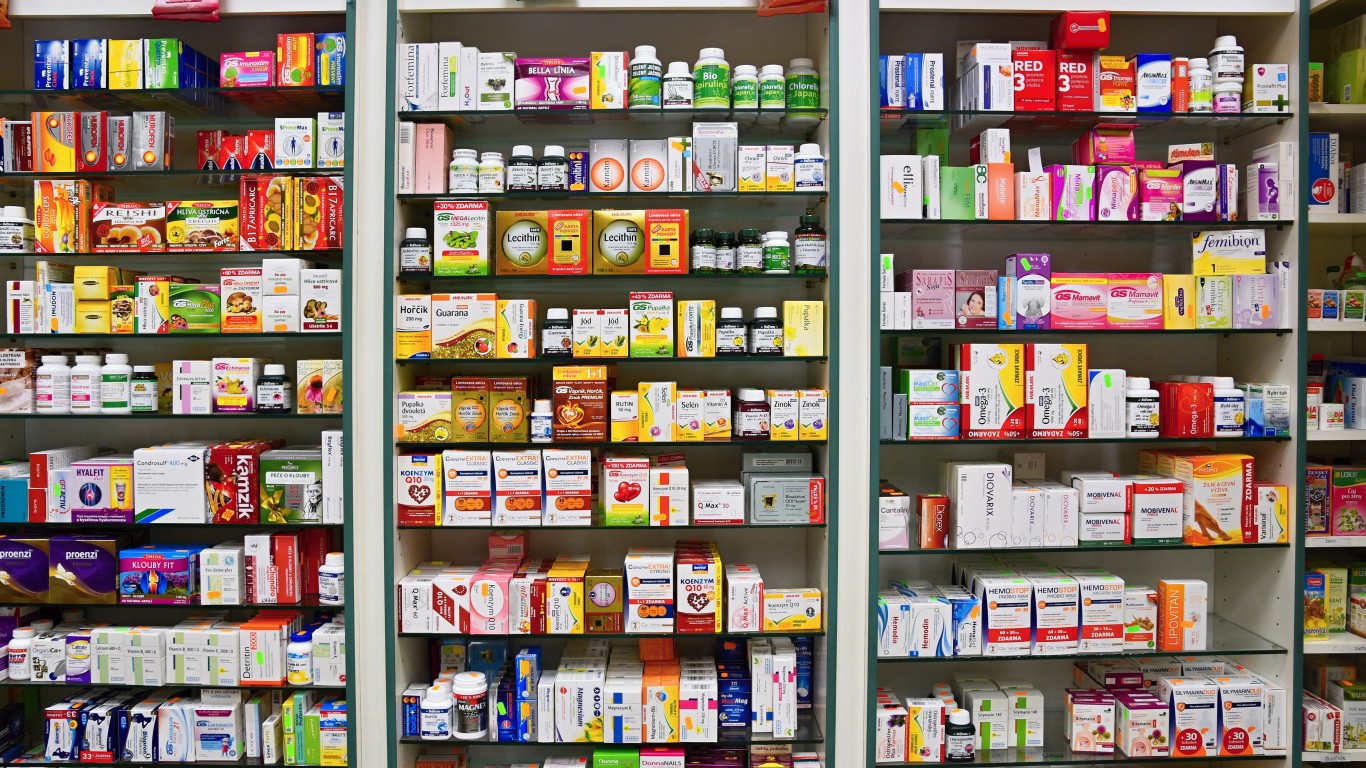
3. Over-the-counter does not always mean safe
Sure you may purchase some medications without prescription but that does not mean they are completely harmless, at least not for everyone, Moore noted. Everyone has their own predispositions, whether it’s hypertension, diabetes or an illness. “Always ask your physician before taking any OTC drug if you have a serious condition or if you are already taking another OTC medication.” Ingredients in different drugs may overlap, potentially causing harmful side effects.

4. Ask your pharmacist for generic options
Pharmacists have no control over how much you have to pay for your meds. However, they can suggest a generic version of whatever you are prescribed that will usually be cheaper, Moore said.
[in-text-ad-2]
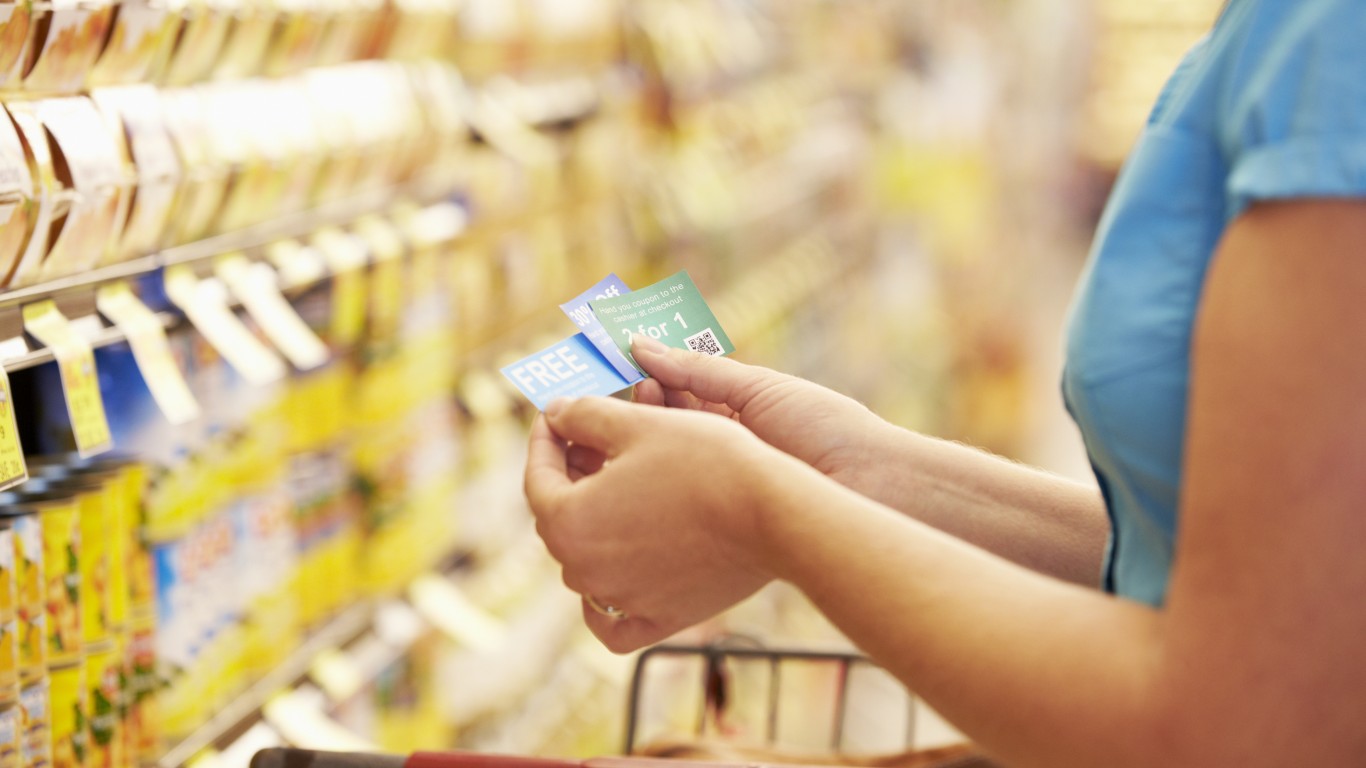
5. Check drug manufacturer websites for coupons
In some cases a brand-name medication is the only or the best option to treat a condition. In that case out-of-pocket costs are going to be higher, but some manufacturers may have coupons on their sites for big savings on prescriptions, Moore noted. You may also ask your doctor for coupons or use apps that will show you if there are any coupons available for a specific medication.
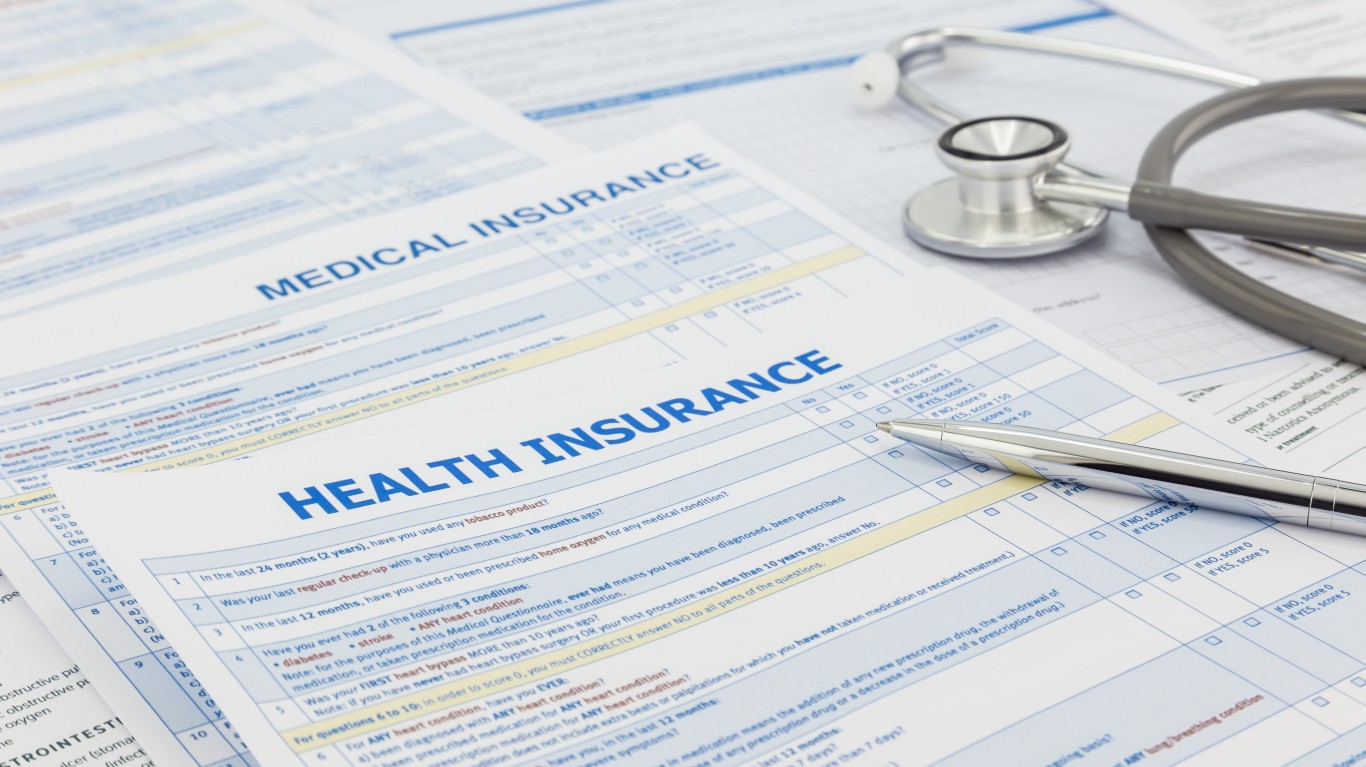
6. Contact your insurance provider to avoid overpaying
Another way you may save money is reaching out to your insurance company and asking what medications they cover. “There may be 10 drugs in one class and it’s typical for the insurance to cover just one of them,” Moore said. “If you know which one, and your doctor agrees you can take it, your copay may be significantly less.”
[in-text-ad]

7. Don’t ever rush the pharmacist
Long lines at the pharmacy are common but there may be a good reason for it. Pharmacists are often double-checking that pills have been dispensed in a safe and effective matter, Moore said. “So if they tell you they’ll be there in a minute, respect that one minute and don’t rush them,” she added.
8. Drive-thru pharmacies are not as quick as you think
Drive-thru pharmacies have become increasingly popular all over the world. They operate pretty much like fast food drive-thru places most people are familiar with: you ask for your medication at one window and wait in your car to pick it up through another window. It sounds effective, but it’s actually not that quick, Moore said. It’s not uncommon to have to wait 15-30 minutes before your prescription is filled, she filled.
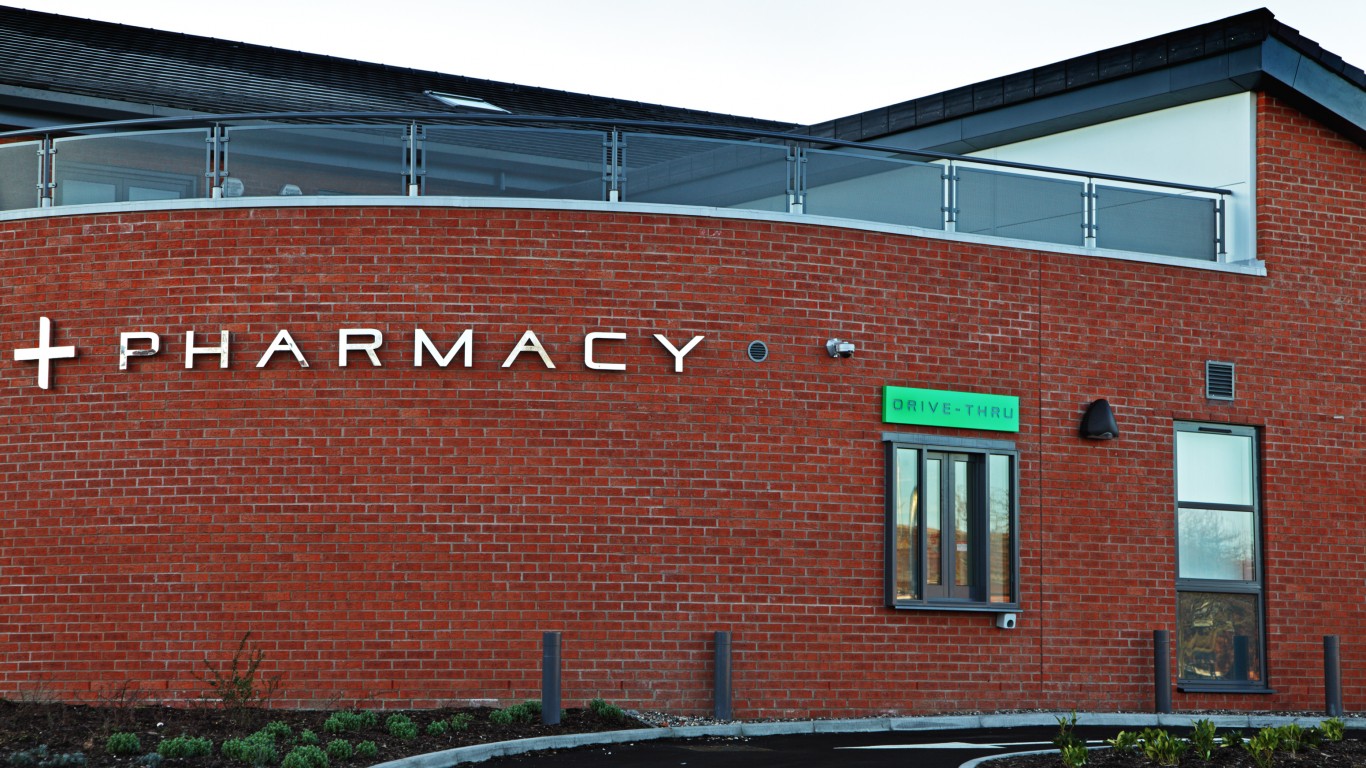
9. No walk-ups at drive-thru pharmacies
Also much like many fast food drive-thrus, you can’t walk up to the window and expect to be served. Many drive-thrus have a policy not to help such customers out of safety concerns. Pharmacists are not allowed to open the window to walkers, which can result in a lot of complaints and a longer waiting line.
[in-text-ad-2]
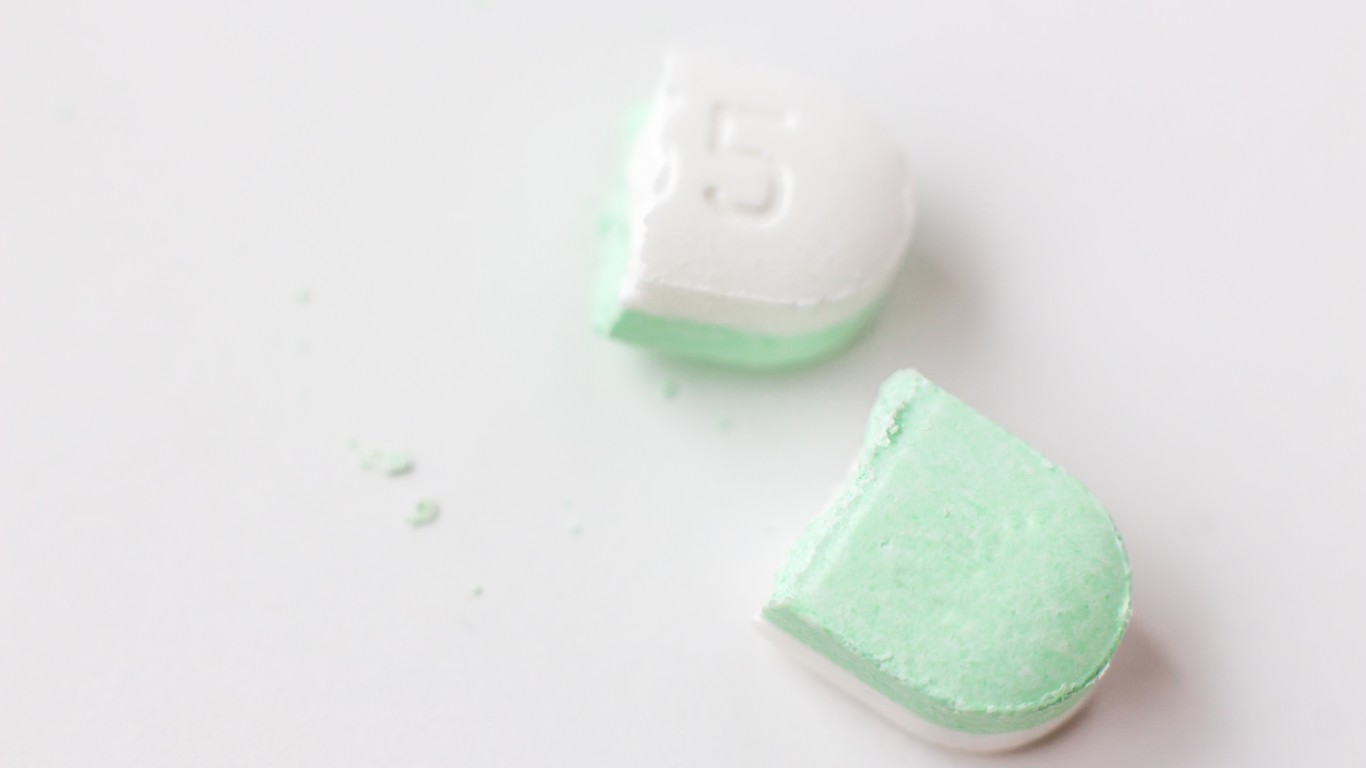
10. Splitting pills can be dangerous
Rationing pills seems like a good option if you’re trying to save money by expanding the time before you have to refill your prescription as much as possible. But splitting pills is not safe unless you are told by the pharmacists that you can do it, Moore said. “Some pills are manufactured in a way that if you split them you may be getting a high dose of the medication in one day and none on another day.”
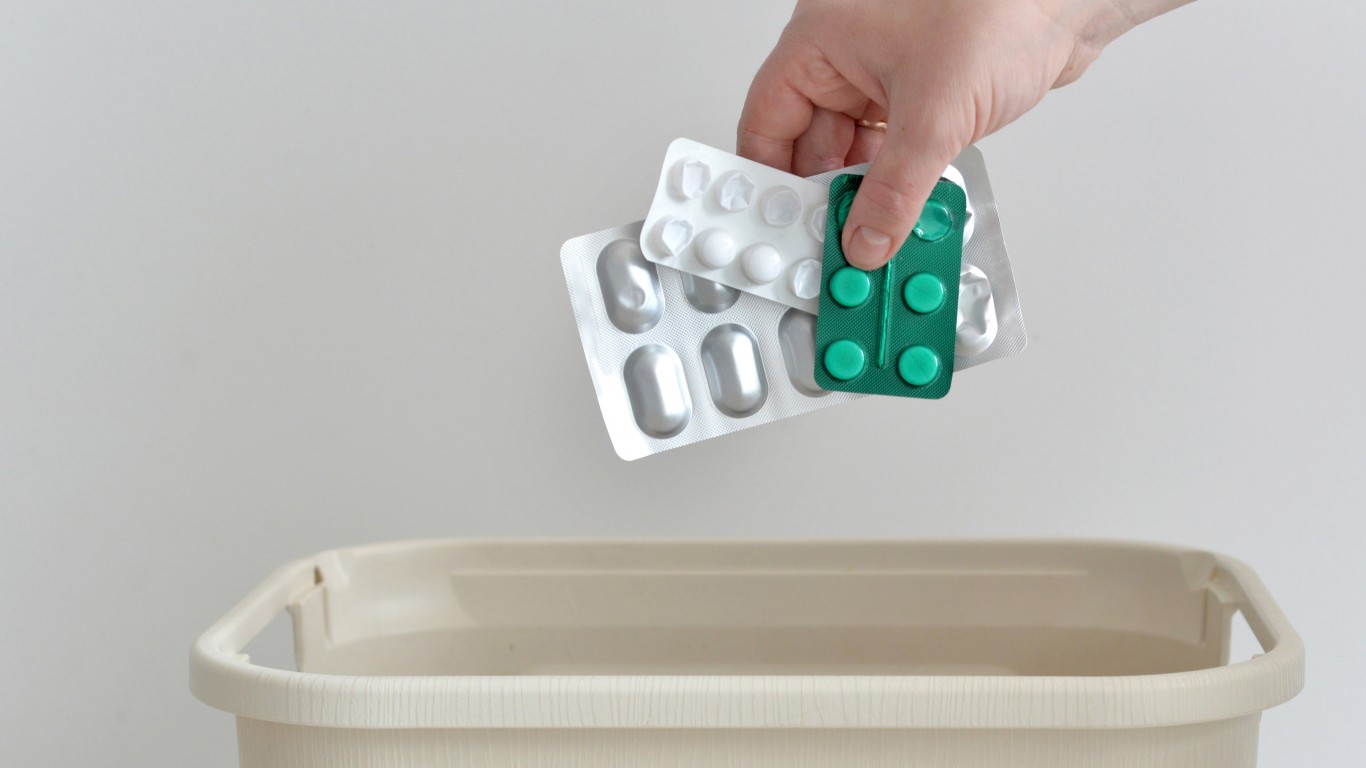
11. You are probably disposing of pills the wrong way
If you are simply flushing old meds down the toilet or the drain, you are not disposing of them safely. Pharmaceuticals, and the hormones and other ingredients they contain, make their way to lakes and streams, polluting these waters, hurting the fish, other marine life, and possibly ending up in sources of drinking water. “At the very least you want to grind them in a coffee grinder to deactivate the narcotics.” Many pharmacies have specific days when people can drop old pills off.
[in-text-ad]

12. Don’t trust just any site about meds
Many people have the tendency to google everything they are not familiar with and that includes medications. The problem is that the sites that actually do have credible information about drugs, such as sites available to doctors and pharmacists, have a firewall or require a subscription, Moore noted. “More general sites have probably not been tested for accuracy.”
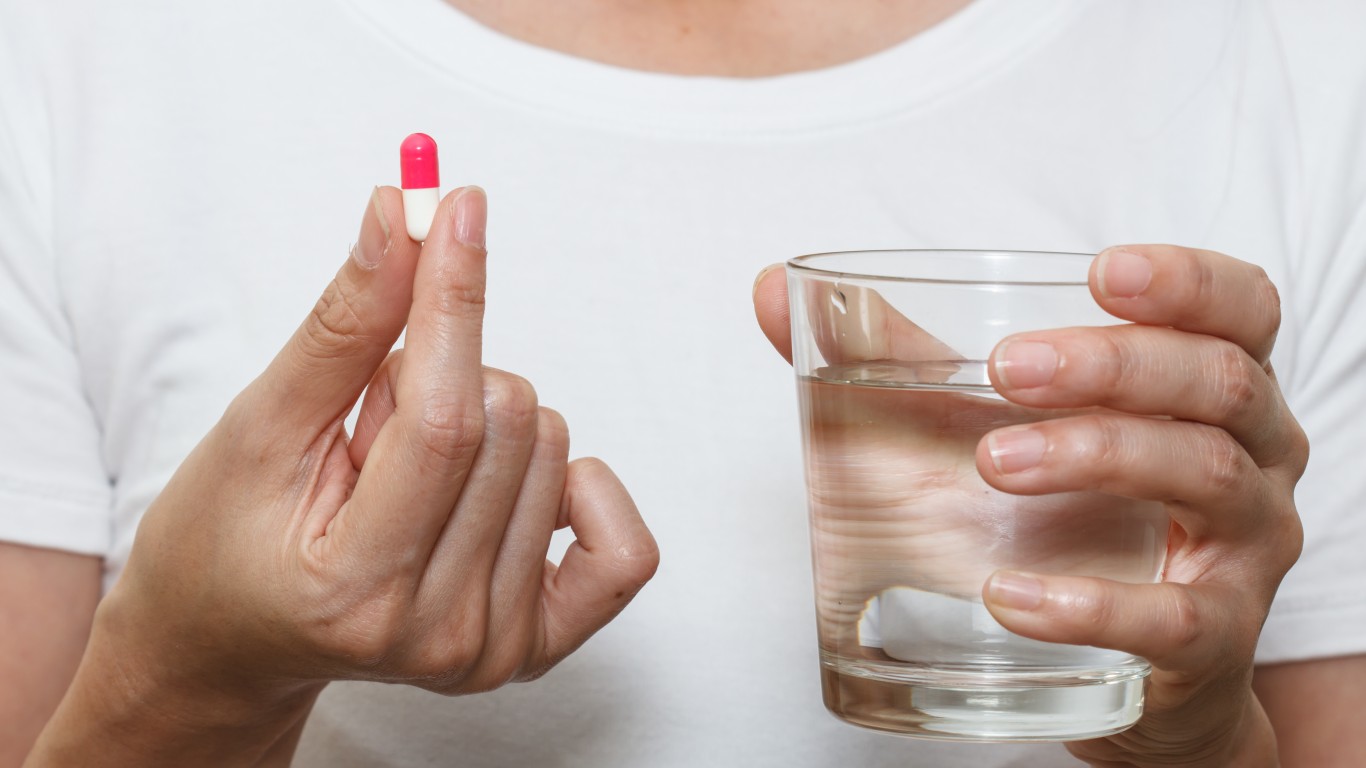
13. You take pills with water for a reason
Most people know that combining pills, especially opioids, should not be mixed with alcohol because they can impact the lungs and cause slow and shallow breathing. Listen to your doctor and stick with a glass of water. The water will help the pill go all the way down to the stomach, Moore said. You don’t want them stuck on your esophagus because some ingredients can really irritate it, she noted. This is even more important for older adults, as they produce less saliva.

14. Pharmacists can’t read the doctor’s handwriting either
Doctors are notorious for having illegible handwriting. You may think that pharmacists have some sort of tips of secrets to decipher what’s written on a prescription piece of paper but you’d be wrong. Many doctors now send prescriptions electronically in order to avoid any confusion. In fact, it’s the law, at least in New York State. Physicians have been legally required to electronically prescribe both controlled and non-controlled substances as of March 27, 2016.
[in-text-ad-2]

15. Know your insurance coverage
Dealing with insurance companies is no one’s favorite pastime, communicating more with your provider is one way to get the right medications at a fair price and in a reasonable time. The average person does not know what his or her insurance covers. However, knowing what is covered under their plan is one of the easiest ways to get an effective treatment, Moore said. You should at least access the insurance website before going to the doctor to get some sense of what is covered, she noted.
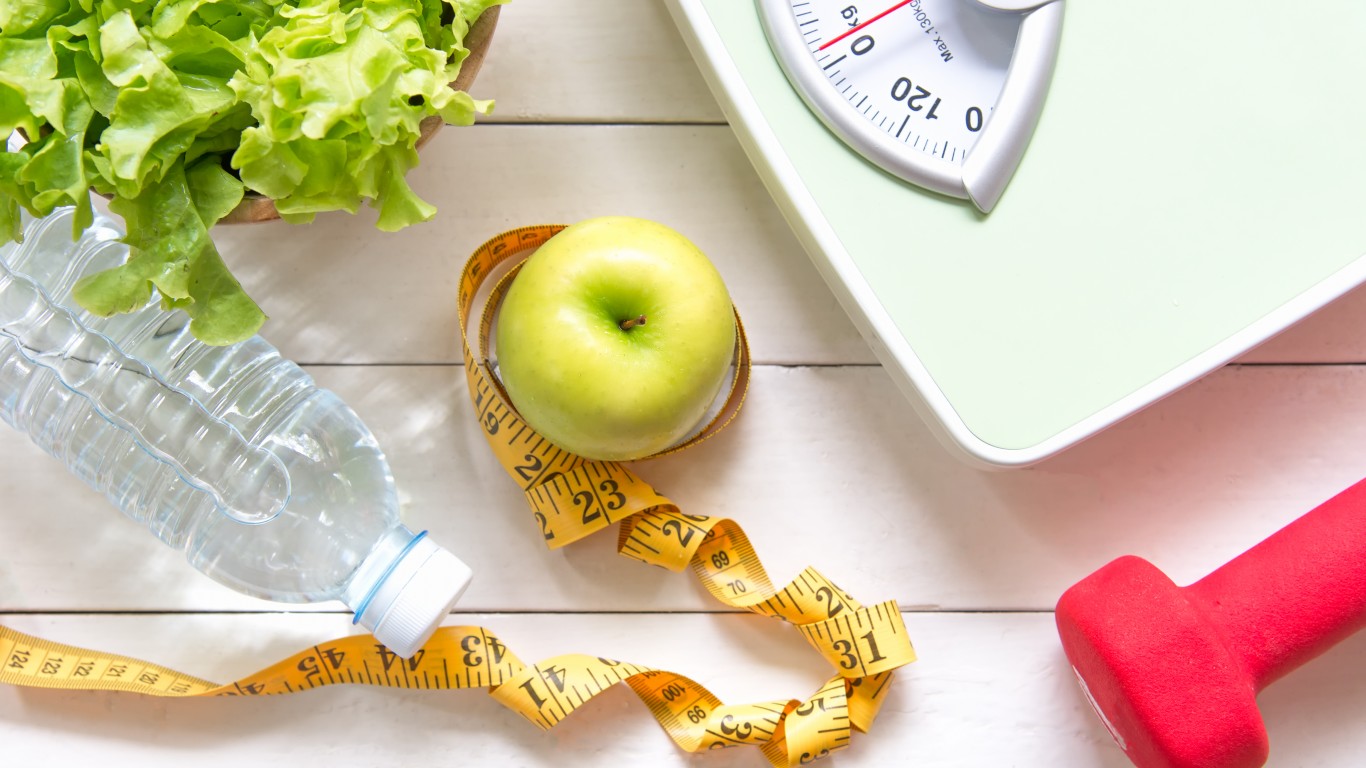
16. You don’t even need medications in some cases
The first step to treating many conditions is improving diet and exercise, Moore said. Jumping directly to the phase of taking a pill may be unnecessary. If, for example, one’s hypertension is not severe, it can be controlled by eating more fruits and green vegetables as well as more exercise. “But every patient is different, Moore noted. “A patient can start taking a medication and as they improve their lifestyle their medication can be reduced.”
[in-text-ad]
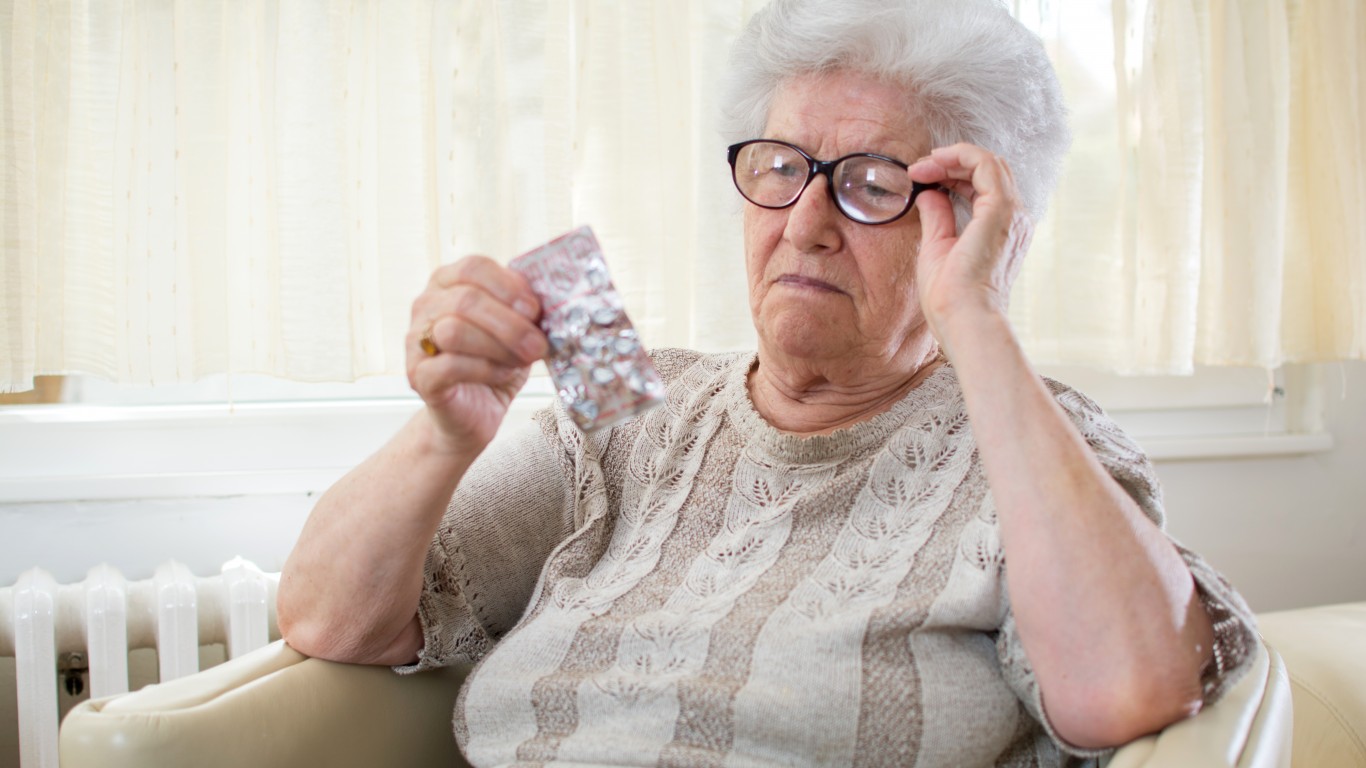
17. Look at the expiration date
Some meds don’t ever develop a foul smell, but that doesn’t mean they are not perishable. Expired medications are simply not as effective anymore, Moore said. “You may think, for example, that you’re taking Ibuprofen for your pain when in fact you’re taking nothing.”

18. Pharmacists may know more about meds than your doctor
Both general practitioners and pharmacists spend years in school, but it’s the pharmacists who focus on drugs, what they are made of, what they interact with, and possible side effects. This makes them an important bridge between doctors with different specialties. “Ideally, [your doctor and your pharmacist] will work together because the doctor knows more about your state, but the pharmacist knows more about the medication you’re prescribed.”
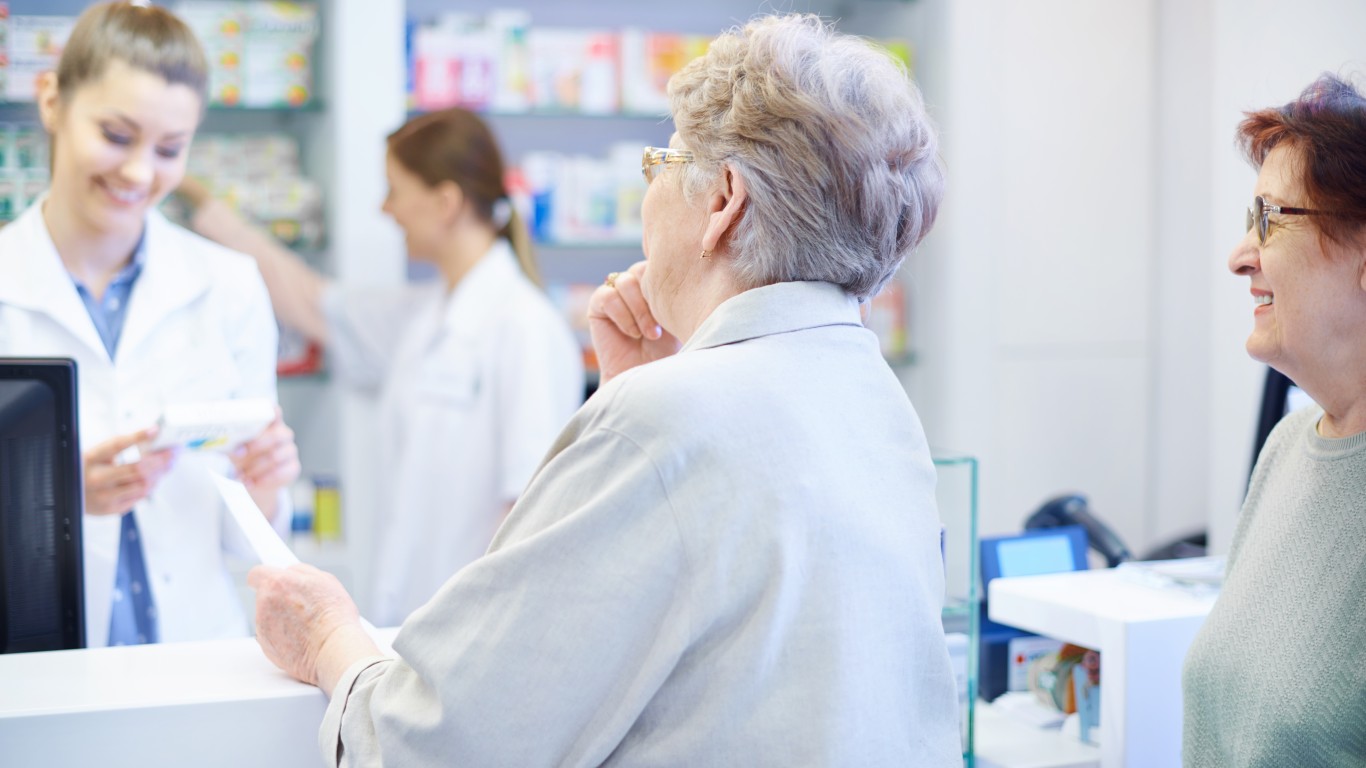
19. You should really stay loyal to one pharmacy
Even though medications are prescribed electronically and sent directly to pharmacies, information can still get lost. It’s in your best interest to keep all of your medical history at one pharmacy, so the pharmacist there has a complete picture of your health history and knowledge of any drugs you’re on, Moore said. That way they can assess if maybe you need a lower dose, another pill, or something generic.
[in-text-ad-2]

20. Pharmacists like it when you ask questions
It’s a common misconception that pharmacists just put pills in a bottle, Moore said. “But we can do a lot more,” Moore said. They have a doctorate in pharmacy and deep knowledge of most medications on the mass market. “We are more of a resource and people should ask us questions and use our expertise.”
The Average American Is Losing Their Savings Every Day (Sponsor)
If you’re like many Americans and keep your money ‘safe’ in a checking or savings account, think again. The average yield on a savings account is a paltry .4% today, and inflation is much higher. Checking accounts are even worse.
Every day you don’t move to a high-yield savings account that beats inflation, you lose more and more value.
But there is good news. To win qualified customers, some accounts are paying 9-10x this national average. That’s an incredible way to keep your money safe, and get paid at the same time. Our top pick for high yield savings accounts includes other one time cash bonuses, and is FDIC insured.
Click here to see how much more you could be earning on your savings today. It takes just a few minutes and your money could be working for you.
Thank you for reading! Have some feedback for us?
Contact the 24/7 Wall St. editorial team.
